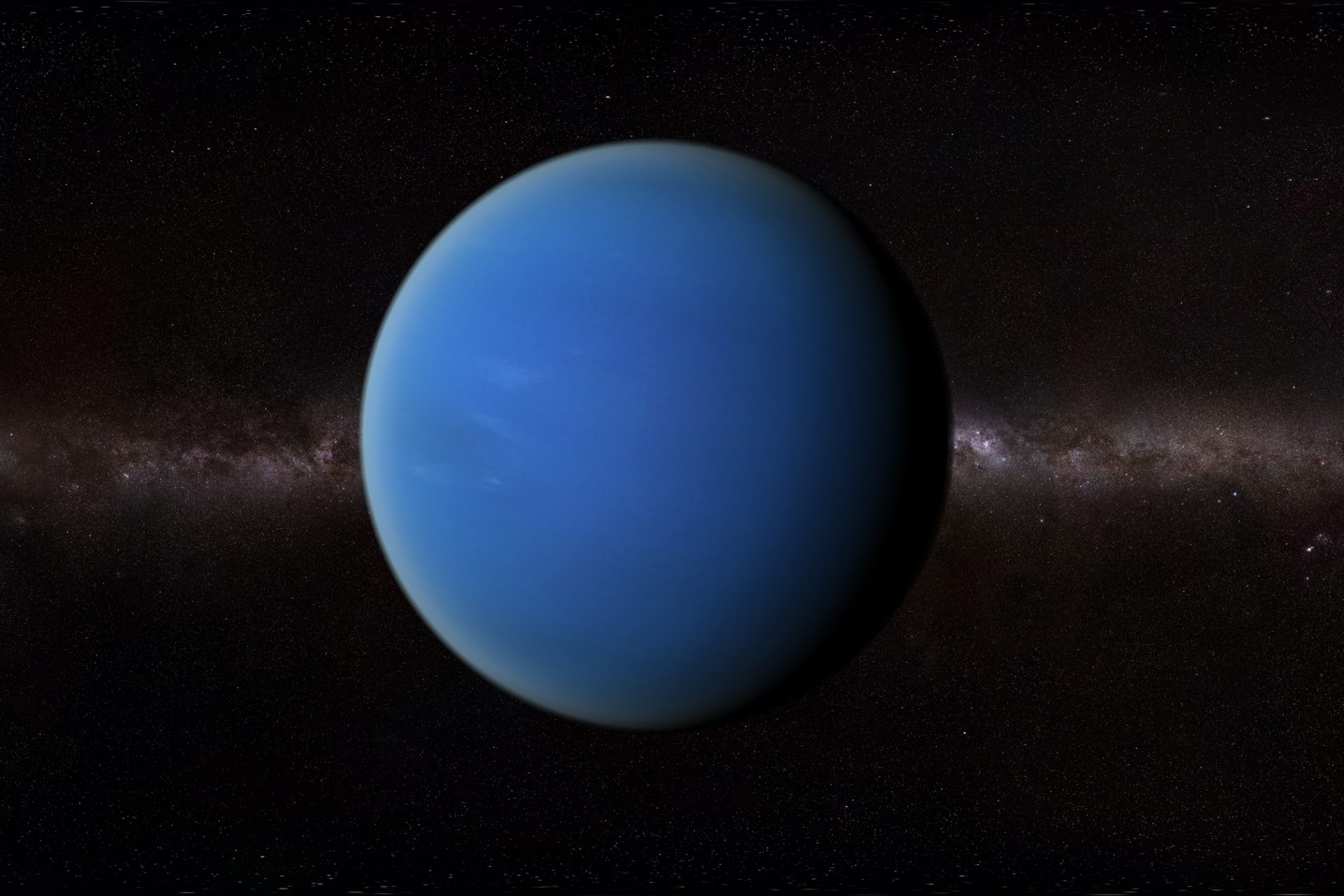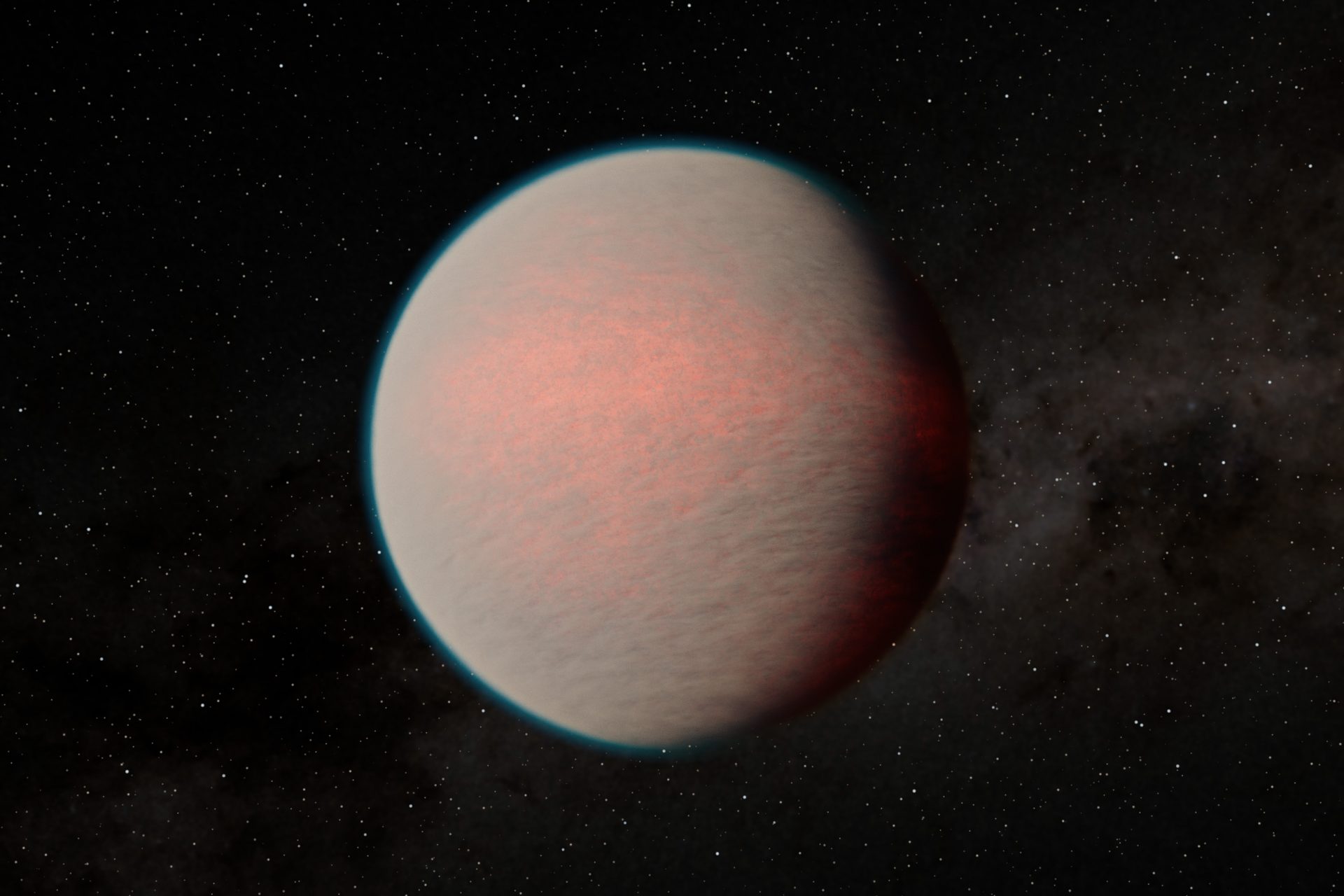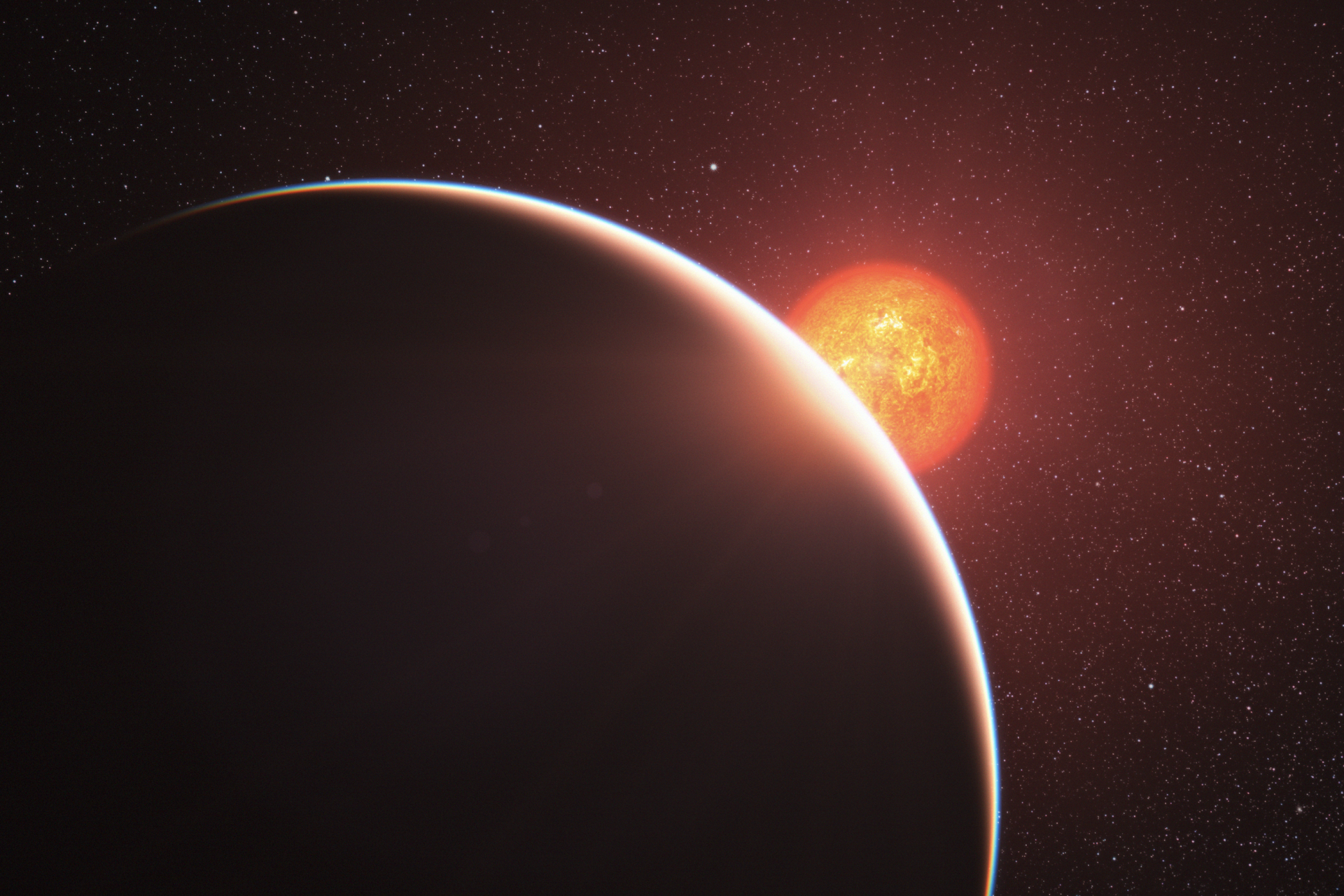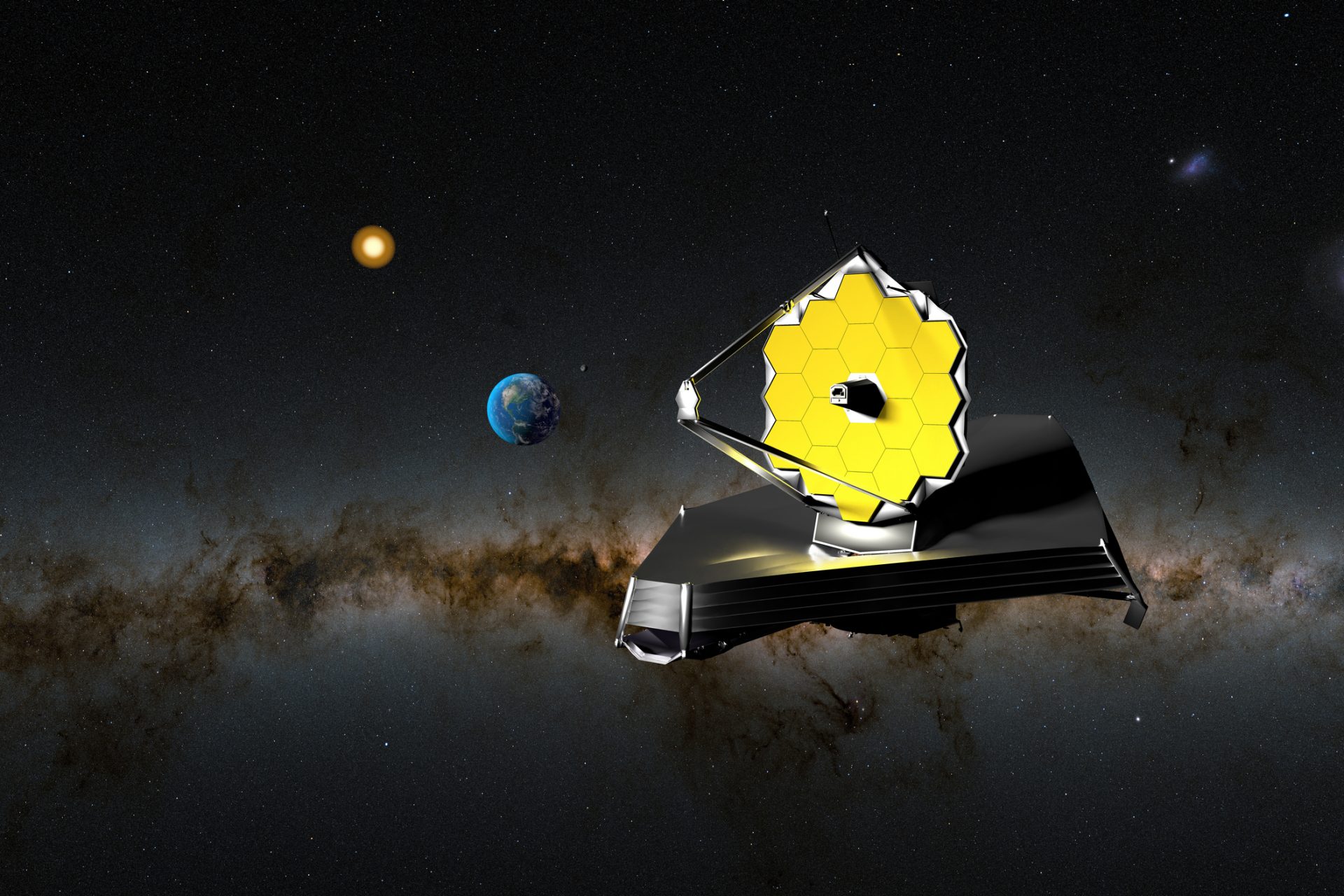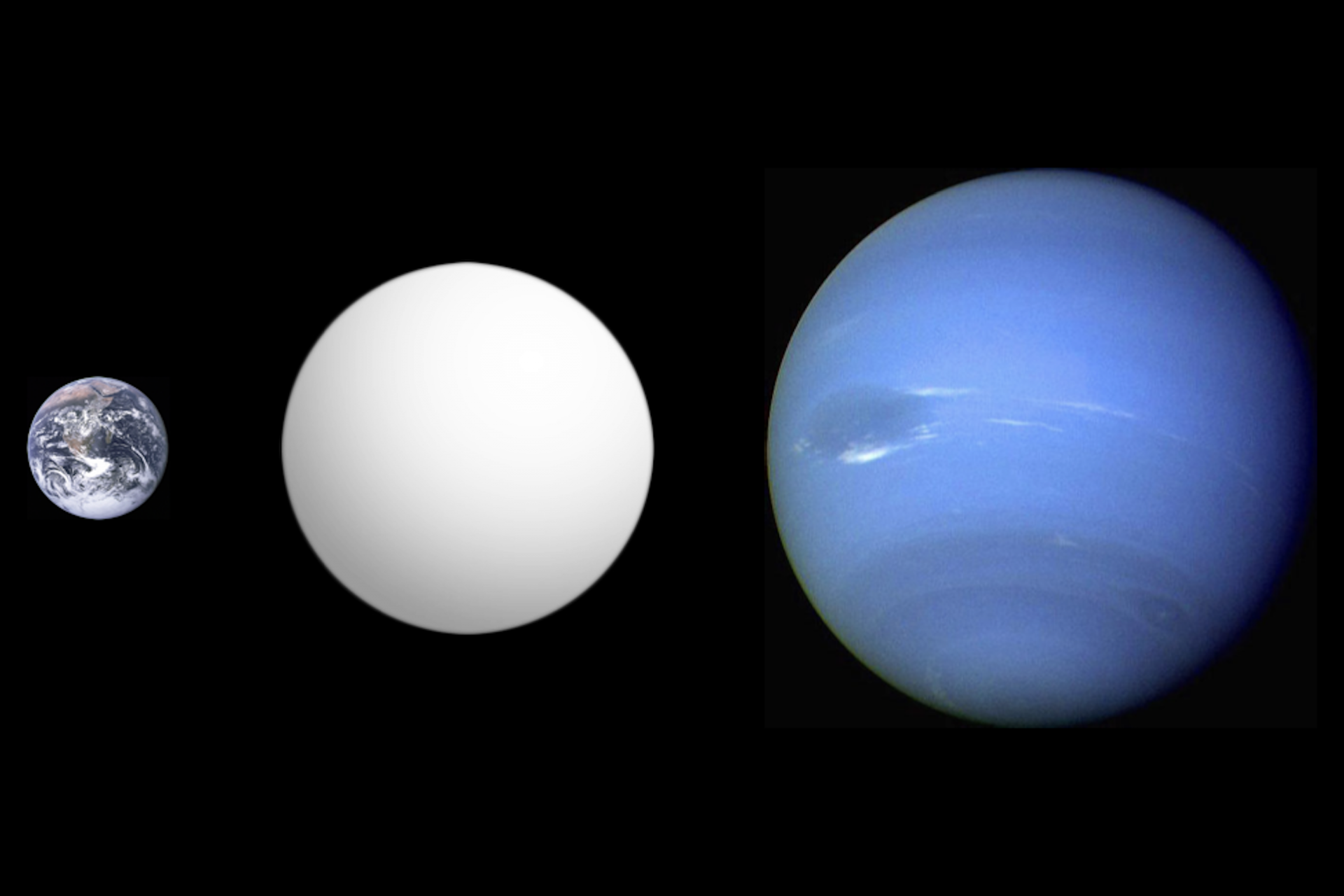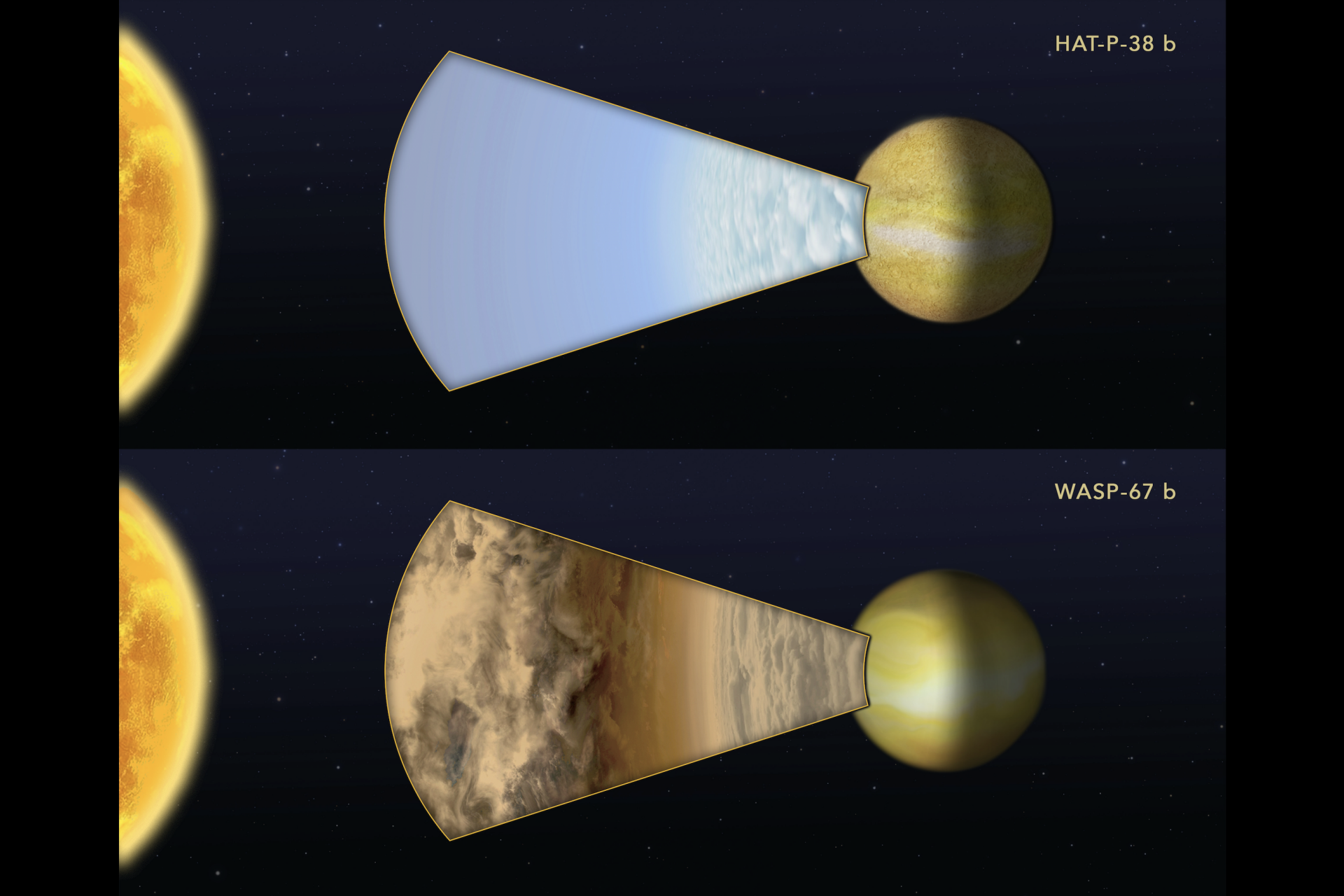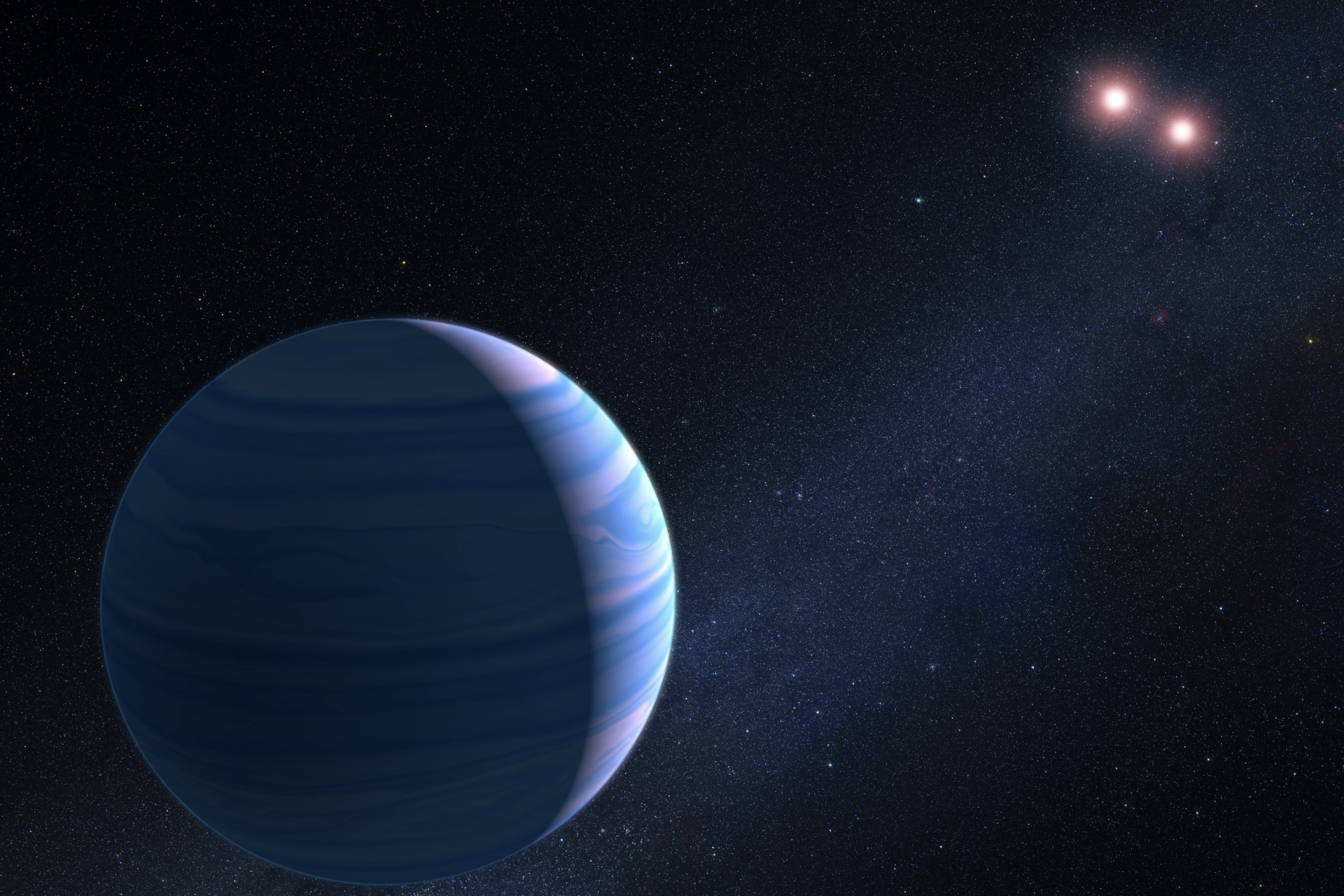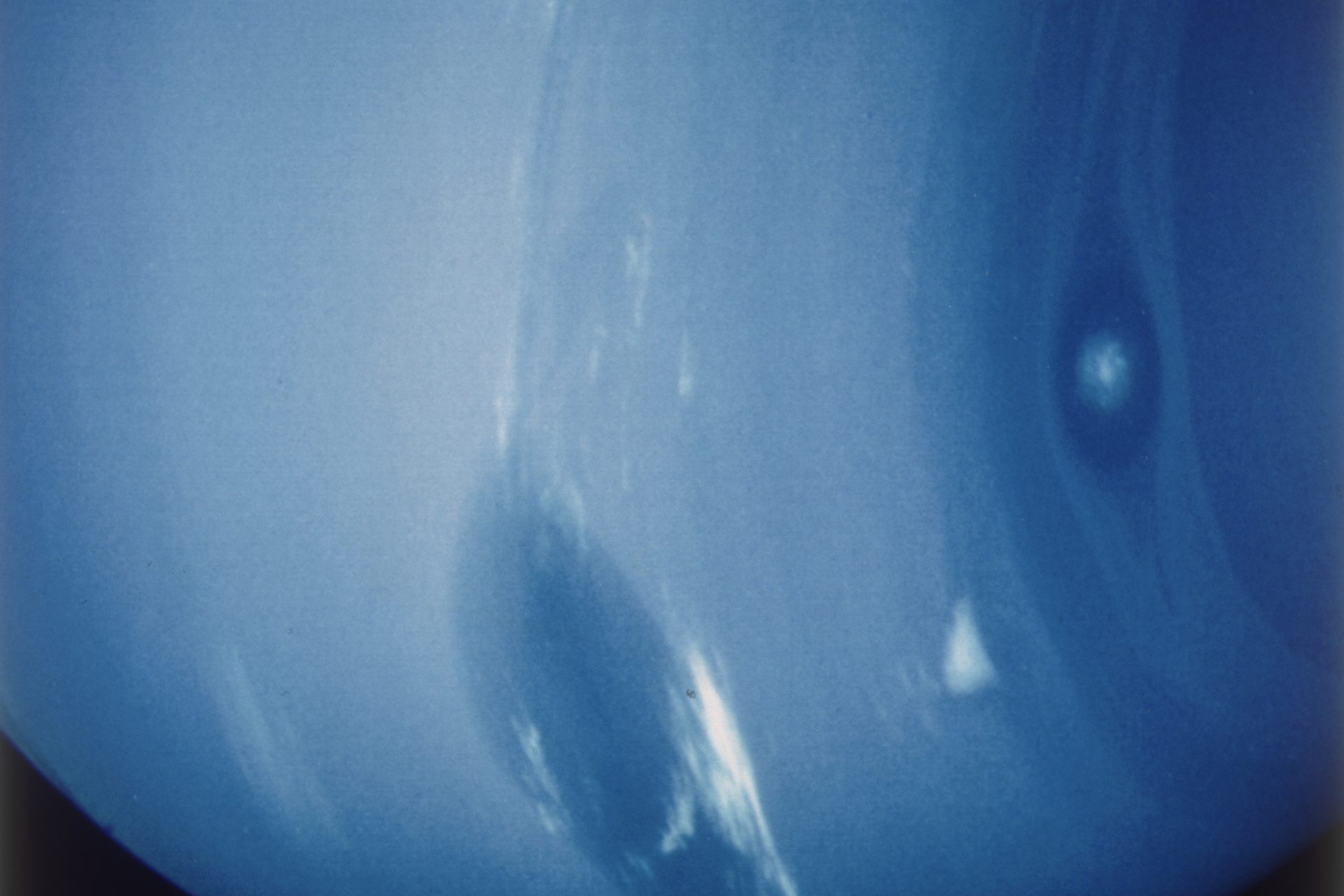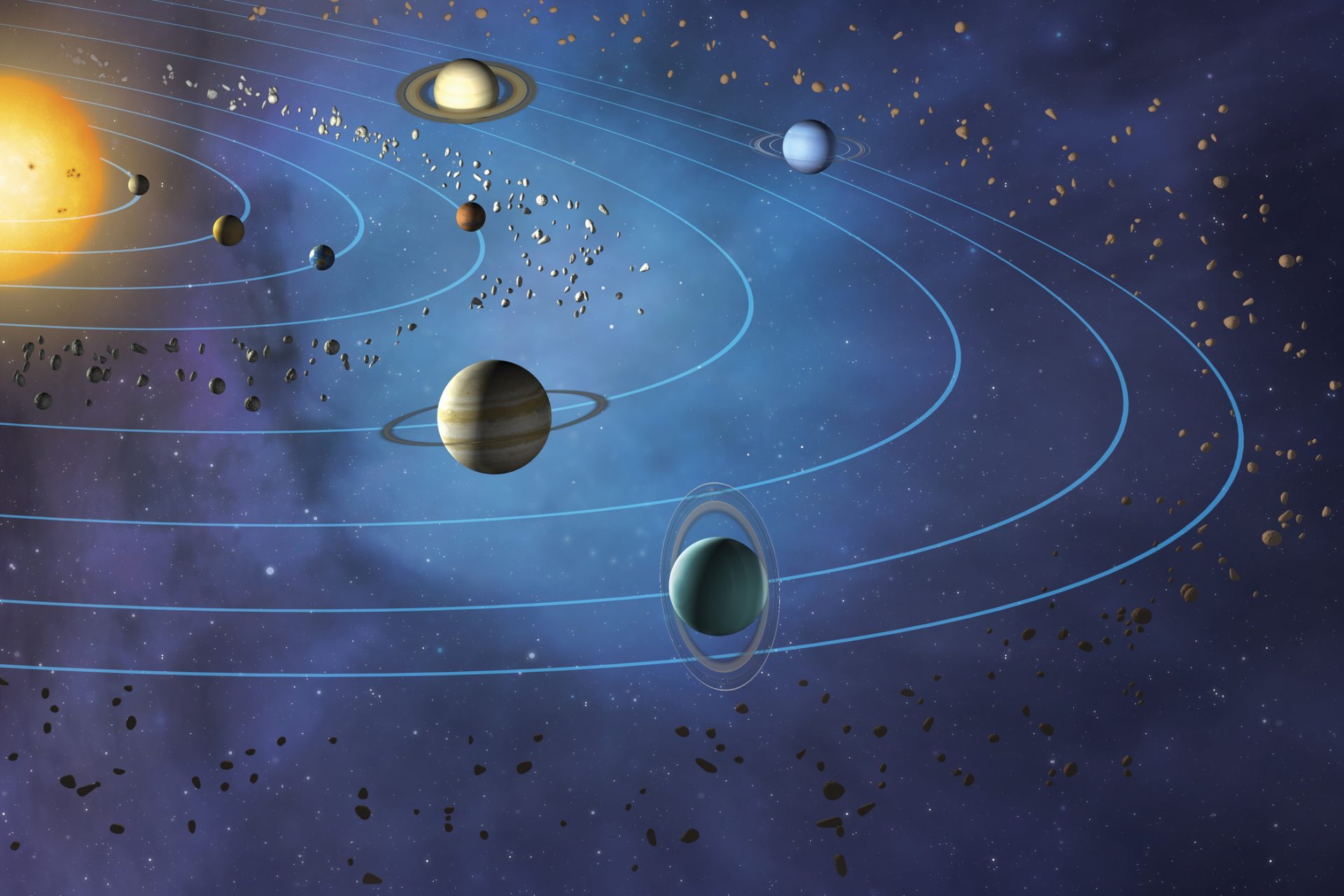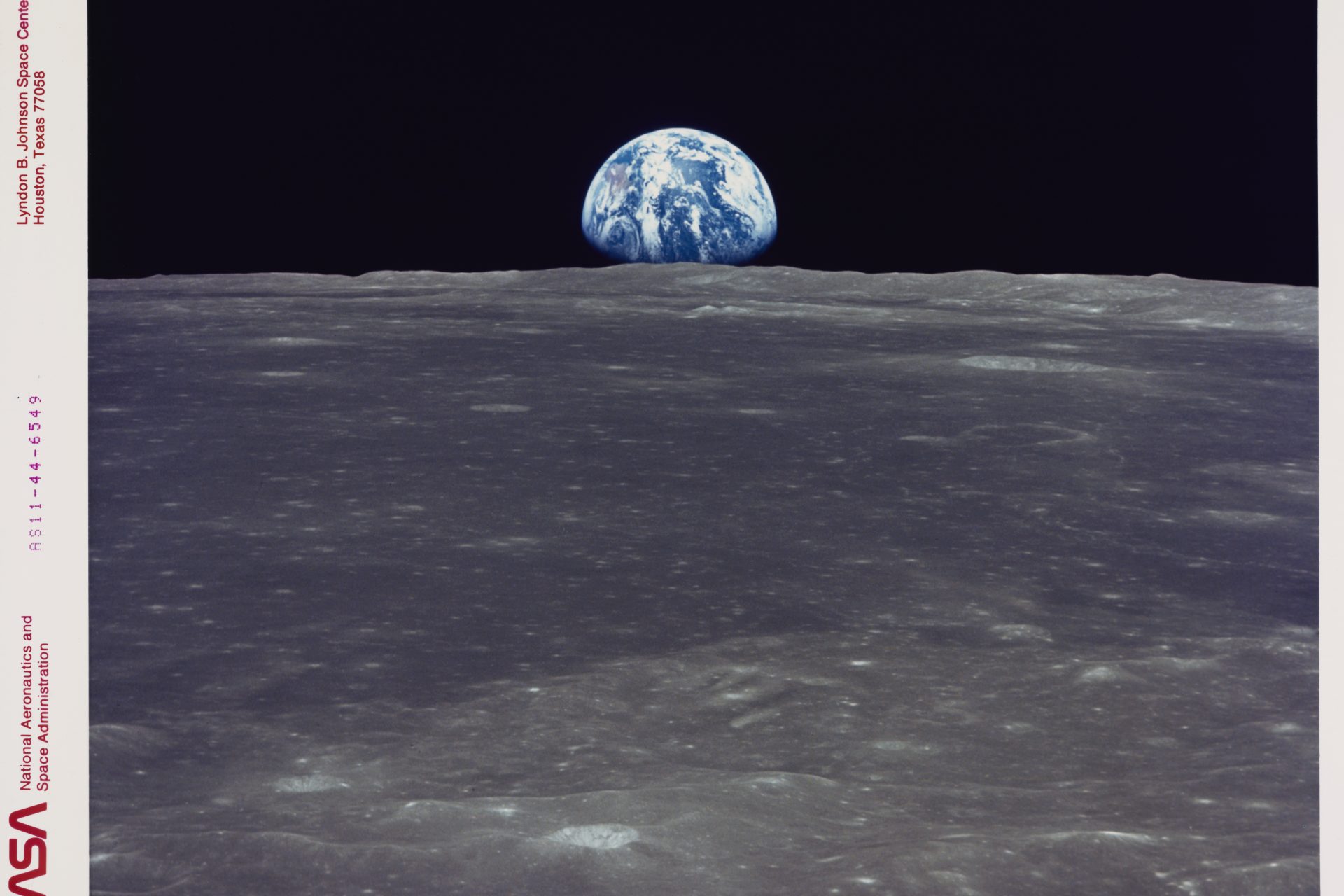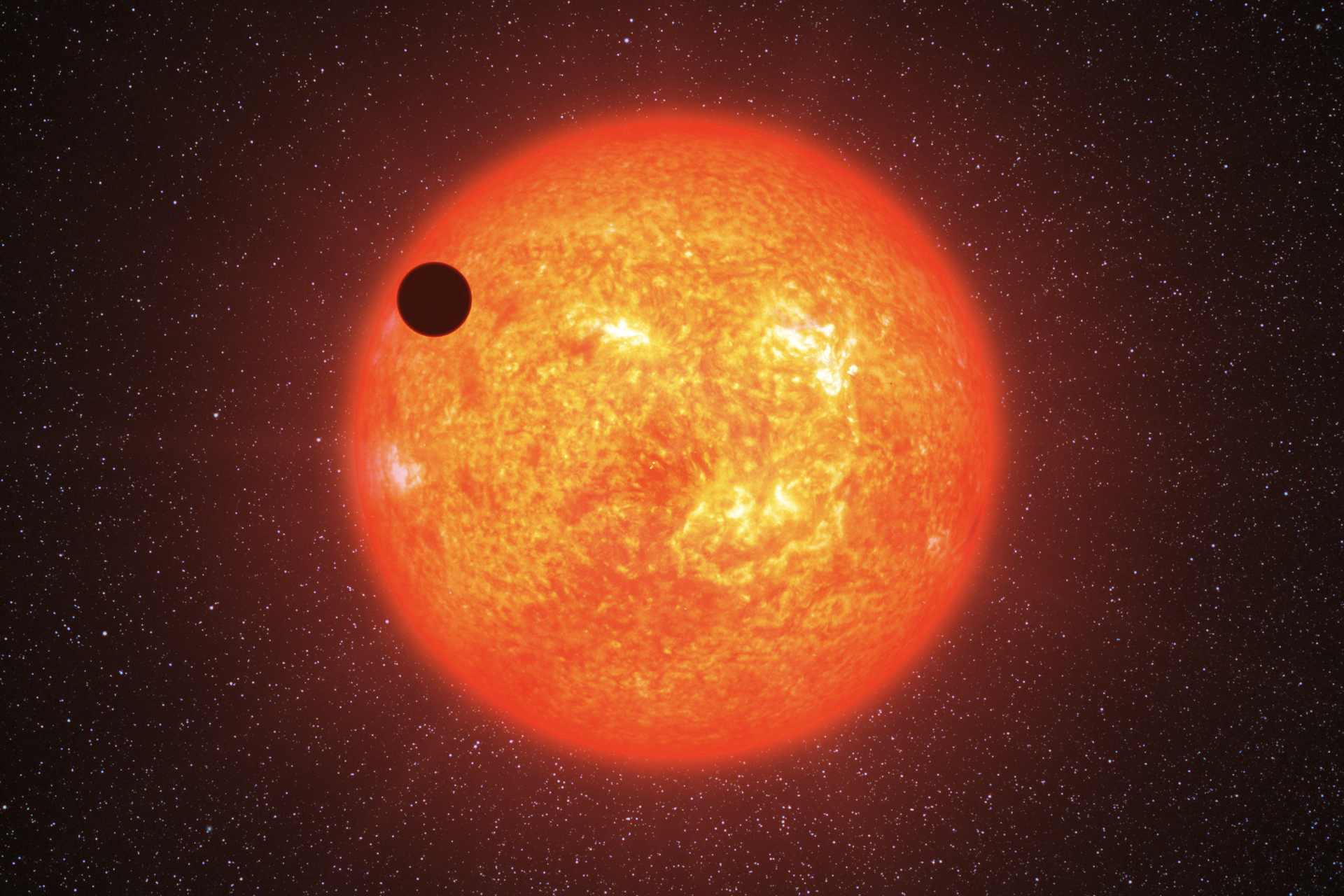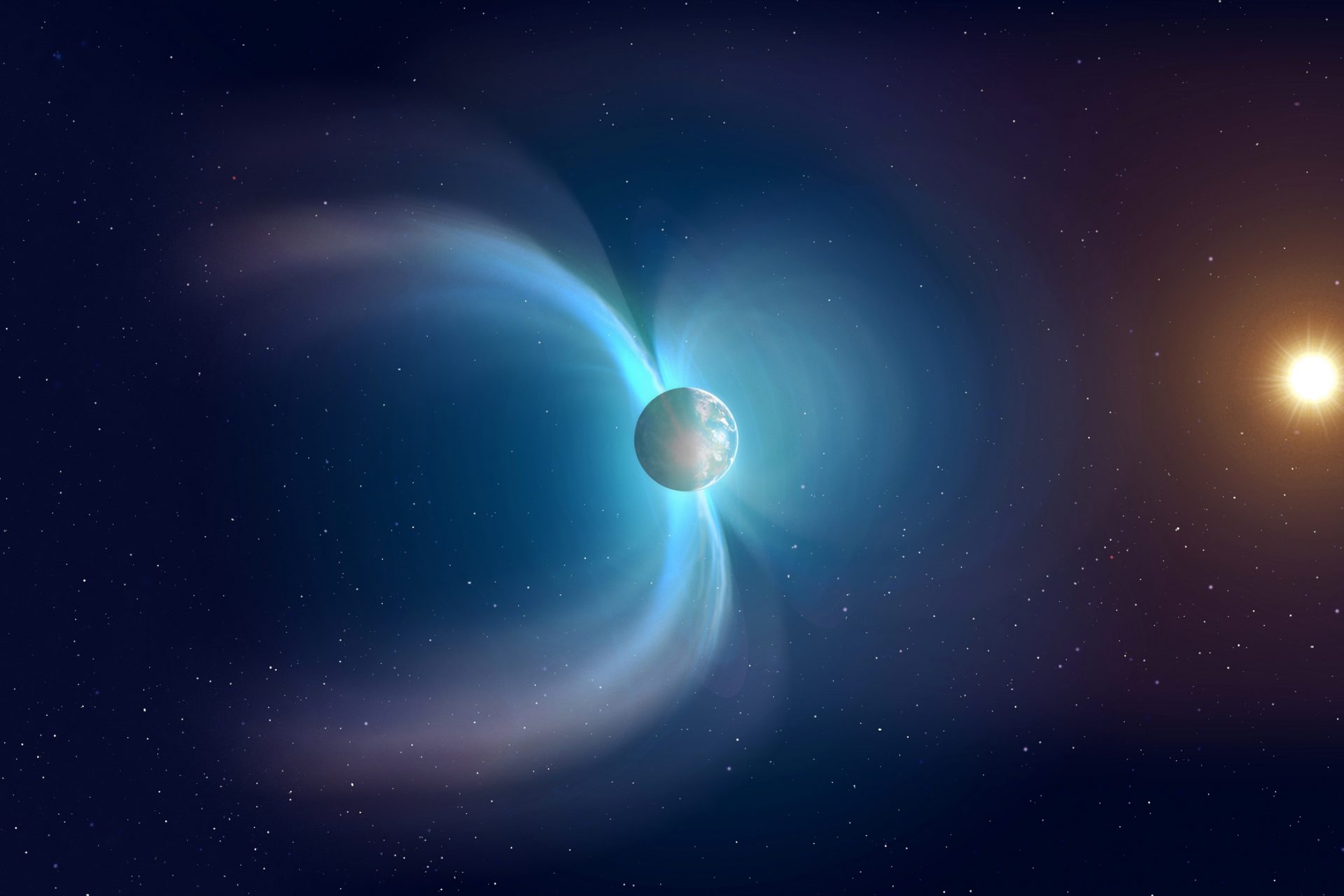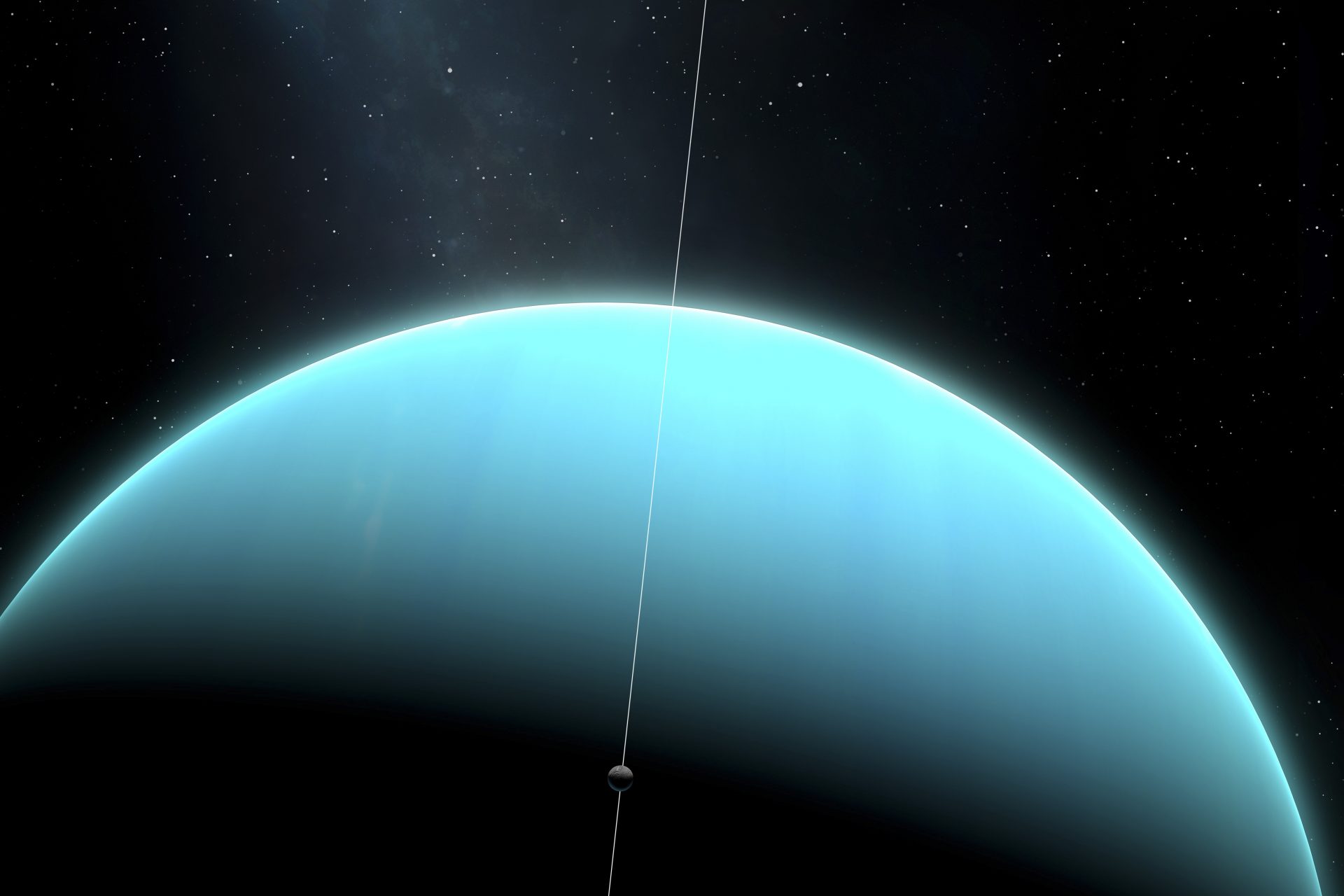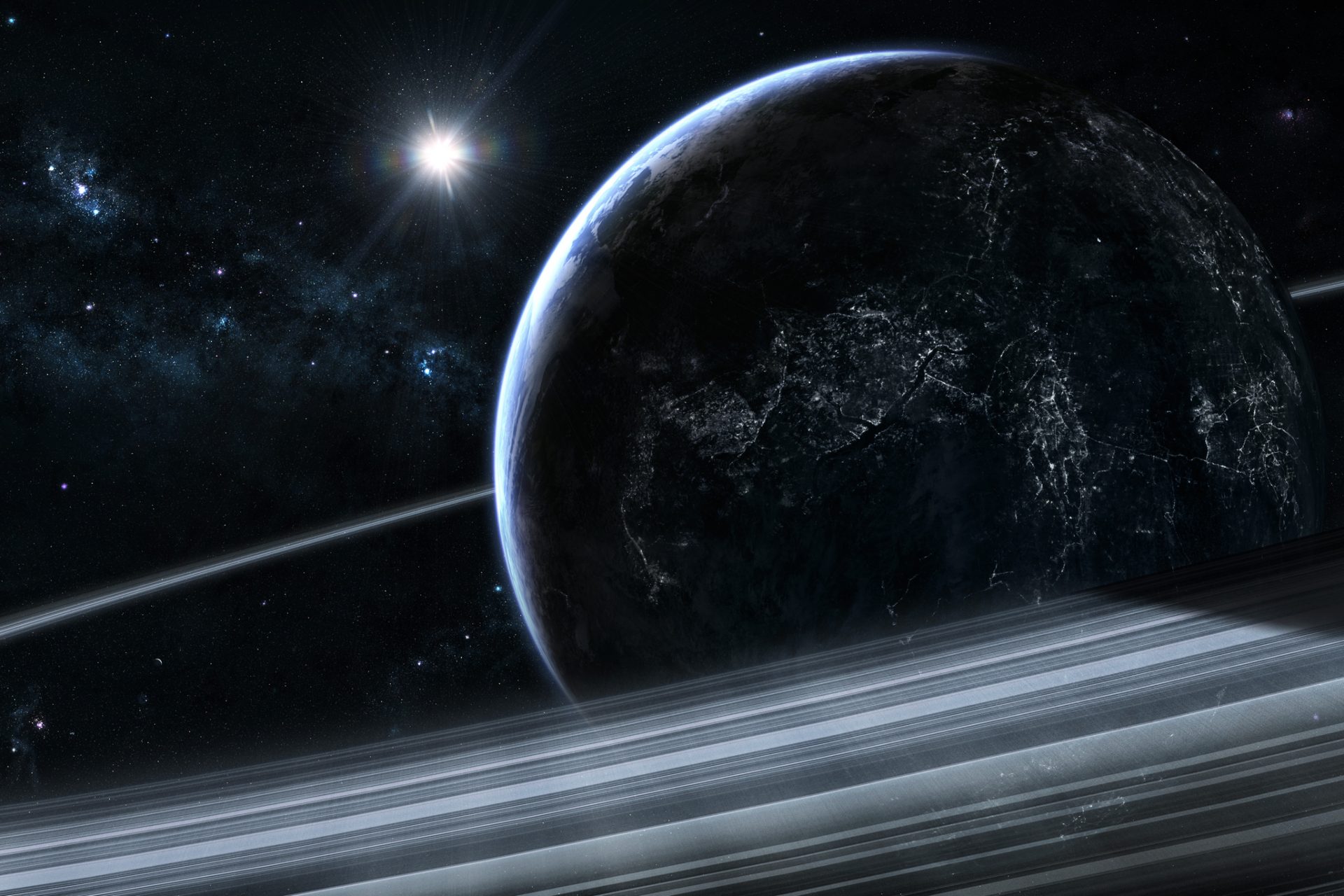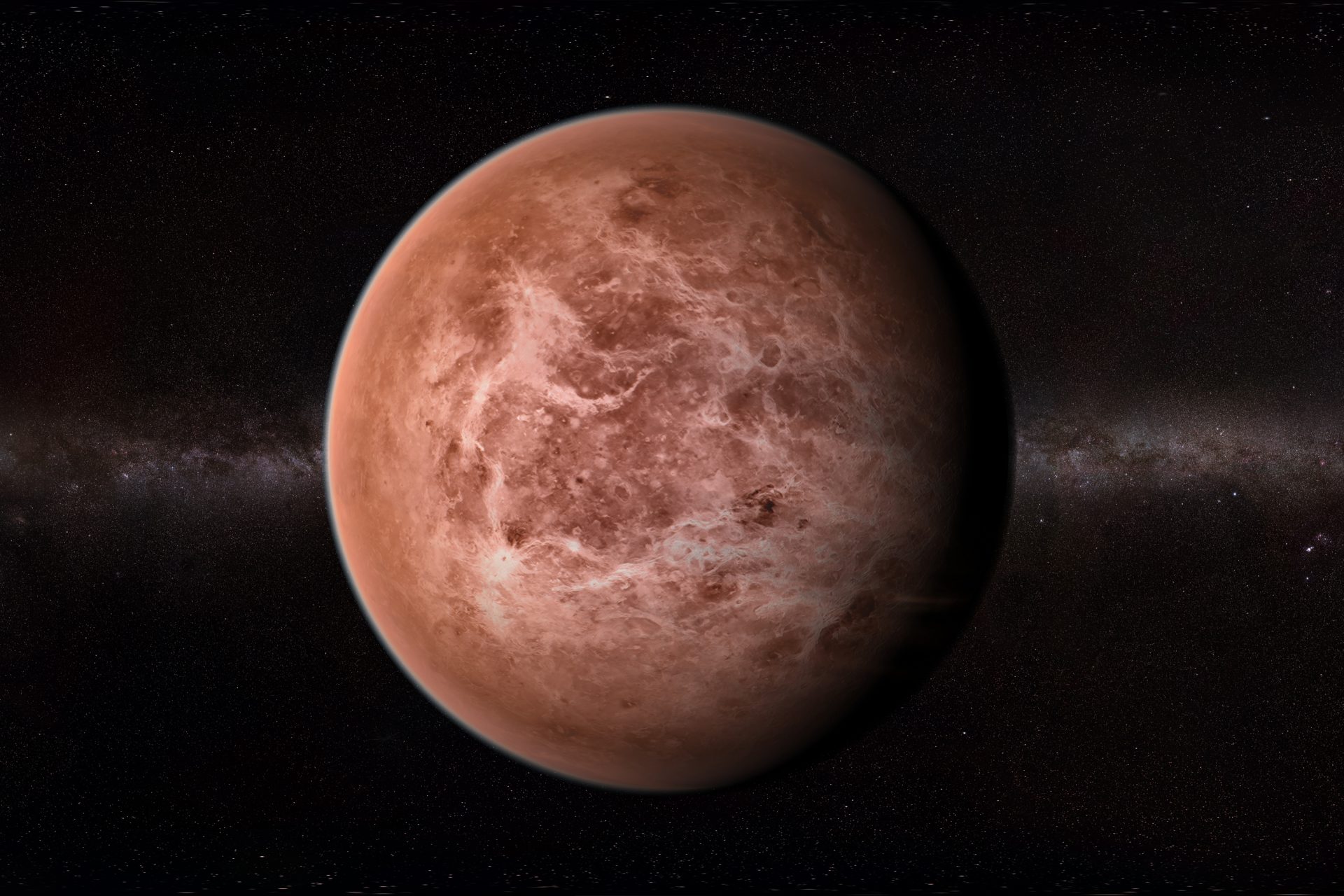Scientists just discovered a planet unlike any other we know about
Scientists have discovered a new type of planet unlike anything else we know about in the galaxy according to data by the James Webb Space Telescope.
Calling exoplanet GJ 1214 b, also known as Enaiposha, a new discovery is a bit of a fib since this exoplanet was actually found more than a decade ago in 2009.
Photo Credit: Wiki Commons By NASA/JPL-Caltech/R. Hurt, Public Domain
Enaiposha is roughly 47 million light years away from Earth according to Science Alert and has been previously said to be a lot like Neptune. However, this may not be right.
Photo Credit: Wiki Commons By ESO/L. Calçada, CC BY 4.0
Observational data gathered by NASA’s James Webb Space Telescope helped discover that Enaiposha may be more like Venus than Neptune, which is odd for a large exoplanet.
Enaiposha has a mass and radius that is similar to a planet between the sizes of Earth and Neptune. But exoplanets this large really only fall into two different categories.
Photo Credit: Wiki Commons By Aldaron, Own work, CC BY-SA 3.0
First, some are considered Super-Earths, which have hydrogen-rich atmospheres, and second are Mini-Neptunes, which have denser hydrogen and helium-rich atmospheres.
Photo Credit: Wiki Commons By ESA/Hubble, CC BY 4.0
Mini-Neptune exoplanets also may have liquid oceans that span their surface according to Science Alert. They are the far more numerous of the two exoplanet categories.
Photo Credit: Wiki Commons By ESA/Hubble, CC BY 4.0
There are roughly 5,800 confirmed Mini-Neptune-type exoplanets, which Science Alert noted was interesting since there is no similar exoplanet like them in our solar system.
Science Alert noted that Enaiposha is one of the few named Mini-Neptune exoplanets because it is rather unique. It’s the first exoplanet we’ve found that has an atmosphere.
Enaiposha was also special because it was only the second exoplanet that had its mass and radius determined—it is eight times the mass of Earth and roughly 2.75 its radii according to Science Alert.
However, Enaiposha is more interesting for another reason. The exoplanet is unlike any other that we’ve ever discovered if recent research about Enaiposha is to be believed.
Phoot Credit: wiki Commons By ESO/L. Calçada, CC BY 4.0
Data collected by the James Webb Space Telescope and analyzed by scientists discovered that there was not a major presence of hydrogen in Enaiposha’s atmosphere according to IFL Science. This was a very strange finding and was published in a study in October 2024 in The Astrophysical Journal Letters.
Instead of having an atmosphere rich in hydrogen, researchers noted that Enaiposha’s atmosphere was rich in heavy minerals and found strong signals that it may be made up of carbon dioxide, similar to the carbon dioxide that makes up the atmosphere of Venus.
"The detected CO2 signal from the first study is tiny, and so it required careful statistical analysis to ensure that it is real," said Kazumasa Ohno of the National Astronomical Observatory of Japan according to a statement from the Japanese space agency.
The data turned out to be rather weak, so Ohno and co-team lead Everett Schlaw of the University of Arizona devised a set of theoretical models that could explain the data. This information will be published in a new study in The Astrophysical Journal Letters in April 2025.
The researchers noted that more data is needed to determine Enaiposha's atmosphere, but if their initial findings prove true, it would make Enaiposha the first exoplanet of its size to have an atmosphere similar to Venus, making it a truly unique discovery at this moment in our quest to understand the secrets of our universe.
More for you
Top Stories



